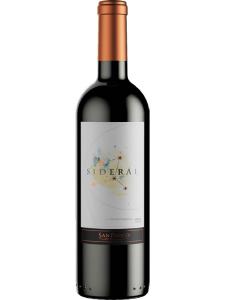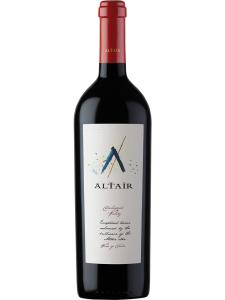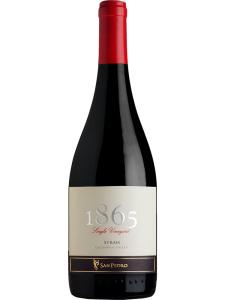Cachapoal Valley is a central wine zone in Chile that forms the northern half of the Rapel Valley region. Located between the more prestigious Maipo and Colchagua valleys to the north and south, Cachapoal is somewhat shaded from the limelight. However, several prestigious Rapel Valley wines are blends of fruit from both Colchagua and Cachapoal vineyards, and some promising wineries are establishing themselves in this area. The most noteworthy wines from the region are made from Cabernet Sauvignon and Carmenere.
Cachapoal Valley shares its name with the river flowing through its center, from the Lago Rapel in the west to the town of Rancagua in the east, and the geography of the valley is such that its shape, like its agriculture, is closely linked to the eponymous waterway. The eastern edge of the wide valley is marked by the western slopes of the Andes, while to the north and northwest loom the 1500m (5000ft) hills of the Coastal Ranges (which are misleadingly named, as they are closer to the Andes than they are to the coast).
© Wines of Chile
The valley is well sheltered from the cooling influences of the Pacific Ocean and enjoys a temperate Mediterranean climate. The majority of Cachapoal's noteworthy wineries and vineyards are located towards the east of the region, where the slopes of the Andes begin to rise away from the warmer valley floor. Here, Cabernet Sauvignon vines enjoy the prevailing sunlight, while closer to the coast some ocean breezes slip through and provide a mesoclimate that is excellent for the production of Carmenere.
Most of Cachapoal's rain falls in winter, and the warm, dry summer provides the vines with a long, even growing season. This is essential for the production of premium grapes and allows for maximum ripeness that does not come at the expense of acidity.
In the east of Cachapoal, the gravelly and sandy soils are colluvial, having been deposited in the valley over time from the slopes of the Andes by gravity and rain. Their free-draining nature restricts yields and vigor, leading to small, concentrated berries that produce dense, well-structured wines.
The soils of western Cachapoal are a slightly more fertile loam, which some local winemakers say is ideal for growing Chile's icon variety, Carmenere. Those parts of Cachapoal with less-effective drainage can be similarly exploited for growing varieties which prefer more-humid soil types.
One of Chile's up-and-coming wine districts, Peumo, is located in Cachapoal Valley. Peumo wines now include some of the country's finest Carmenere wines.




